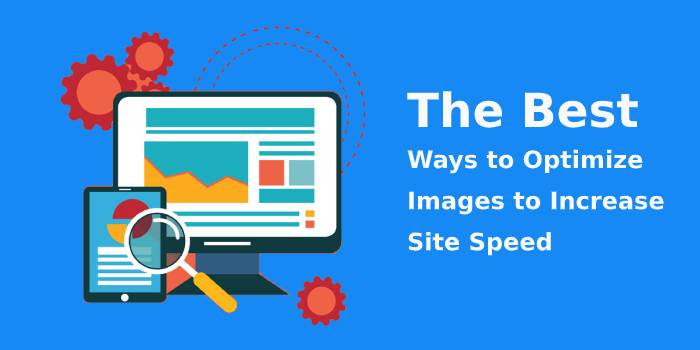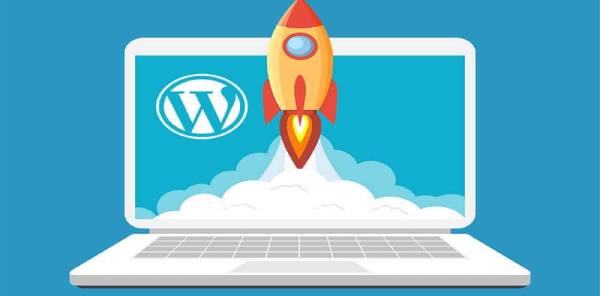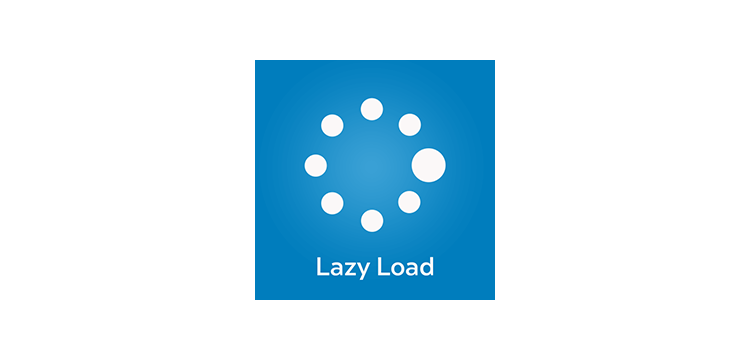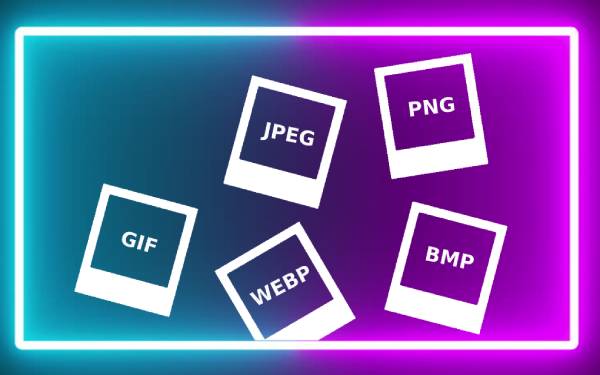
Content plays an important role when it comes to driving traffic and conveying your thoughts to your visitors. Content also plays an important role in increasing conversion rates and retaining visitor’s interest.
Content can be a combination of text, video, audio, etc. Sometimes lots of high-quality images and videos can slow your computer and the page loading time.
In this situation, if you think that removing the visual content will be helpful then you are on the wrong track.
But you can follow some ways to optimize images so that they will never cause any page loading problem. Plus this technique will enhance the speed and performance of your WordPress website.
In this post, we will learn how visual content can affect your website performance and speed. Plus you will get to know the best three ways to optimize images to increase the visibility of your content in less loading time.
Table of Contents
How your website’s speed and performance get affected due to images

According to the HTTP achieve it says that the web pages take a lot of time to get loaded is because of heavy images and video or any multimedia files. Because multimedia files even high-quality content takes much space to store the data.
Each and every second matter if we talk about page loading time. Even a one-second delay can make your visitor leave the website without checking your website design or functionality.
You only have 3 seconds to load your website content. The website which is taking more time to load will result in very bad user experience and will return a high bounce rate.
The bounce rate is the total number of users leaving your website without performing any action. Plus Google also dislike the website which has poor loading time.
Hence image optimization is the only effective and faster way to let your content crawl faster. Less loading time and faster website speed will result in a high rank on search engines.
If you optimize the quality and size of images your website will utilize less bandwidth and disk space. Because your WordPress website will utilize less space, your pages will not be heavier any more.
Hence the user’s browser will be able to fetch the content easily from the server very easily. In this way, your content will get load faster.
Image compression is a very effective method to enhance the conversion rate. You can find various tools to optimize the images files such as PNG and JPEG.
By compressing images your website will take less space to store all the content plus increase the level of quality.
You will never want to lose the quality of your content which can be a poor impression on your visitors because poor quality content can look like unprofessional work and irresponsible.
Therefore your need to be careful while optimization content or images. You should find a proper place that will never need to compromise between quality and sizes.
3 different ways to optimize images for improving the conversion rate

As mentioned above you should never compromise between the loading time and quality of your content. If you are using an accurate tool for optimizing the images and content you don’t need to compromise on anything.
Your website speed and loading time will both give desired results. The best three practices are listed below to increase the speed of a website.
1. Minimize the size of images before uploading on your WordPress website
The simplest and easiest way to optimize the images is to minimize the size of images so that you can upload it to your WordPress website which will never cause page loading issues due to heavily loaded images.
This process is done to reduce the dimension and maintain the quality of images via the compression technique.
There two different methods of image compression are Lossy compression and without lossless compression
* Lossy compression
It is the method where images will lose some data to minimize the file size. This method will not affect image quality. After compression, the image will look as it was previously.
* Without lossless compression
In this technique, all images and other content are integral and redeemable. The quality of images remains as it is, only images rendered when they are not compressed.
You can follow these ways to optimize images according to the file format you are using.
* TinyPNG or TinyJPG
These are the image optimizing tool that compresses your .png and .jpg images. The plugins make sure that your images will never lose the quality plus will give awesome results in compressing. You can also adjust the height and width of images for reducing the size of the file.
2. Select the proper file format
When we say we want to compress the images then you should check the file format and file type. This is a very important factor that should not ignore.
If you are choosing proper file and tool can compress the image by reducing their weight which will enhance the website speed.
The main formats of images are listed below

* Portable Network Graphic (PNG)
* Joint Photographic Experts Group (JPEG)
* Graphics Interchange Format (GIF)
* WebP
3. Make use of Lazy Load plugin, for example, WP Smush
As mentioned above you will be able to find lots of plugins to optimize the images. While adjusting the file format and size try to use leveraging lazy loading
* Lazy Load images
This plugin is the best optimizing tool because while compressing your images and content it will not get rendered on the bottom of the page even if the visitor is on the top of the page.
While scrolling the page the content including images and videos will be visible. This will be helpful for reducing the space required by bandwidth n site speed.
* Another best plugin is a WP Smush
It has more than 1 million active installations and five-star ratings in wordpress.org. This tool is much more powerful for image optimization
Conclusion:
High-quality images are very important for search engine results therefore you should optimize the images for good speed and high performance.